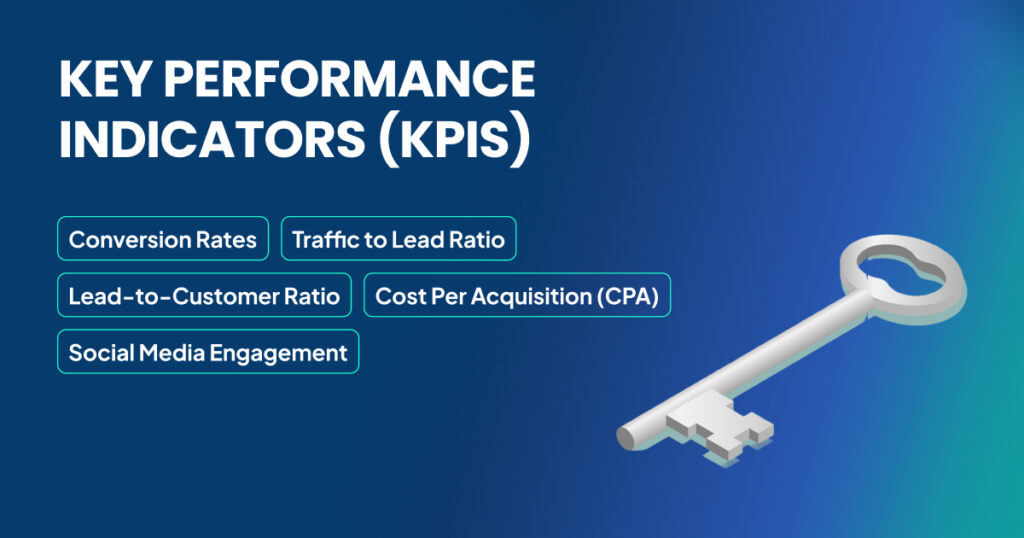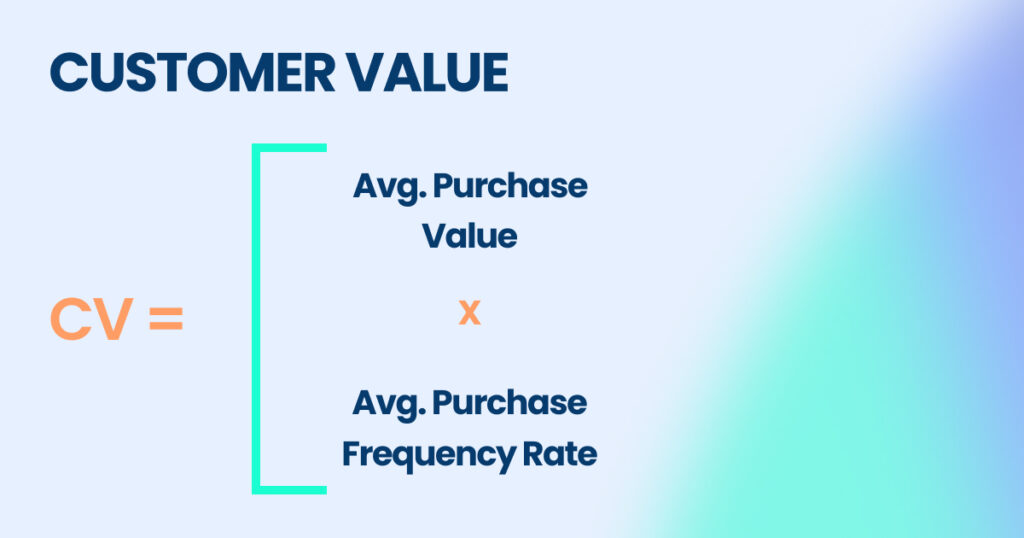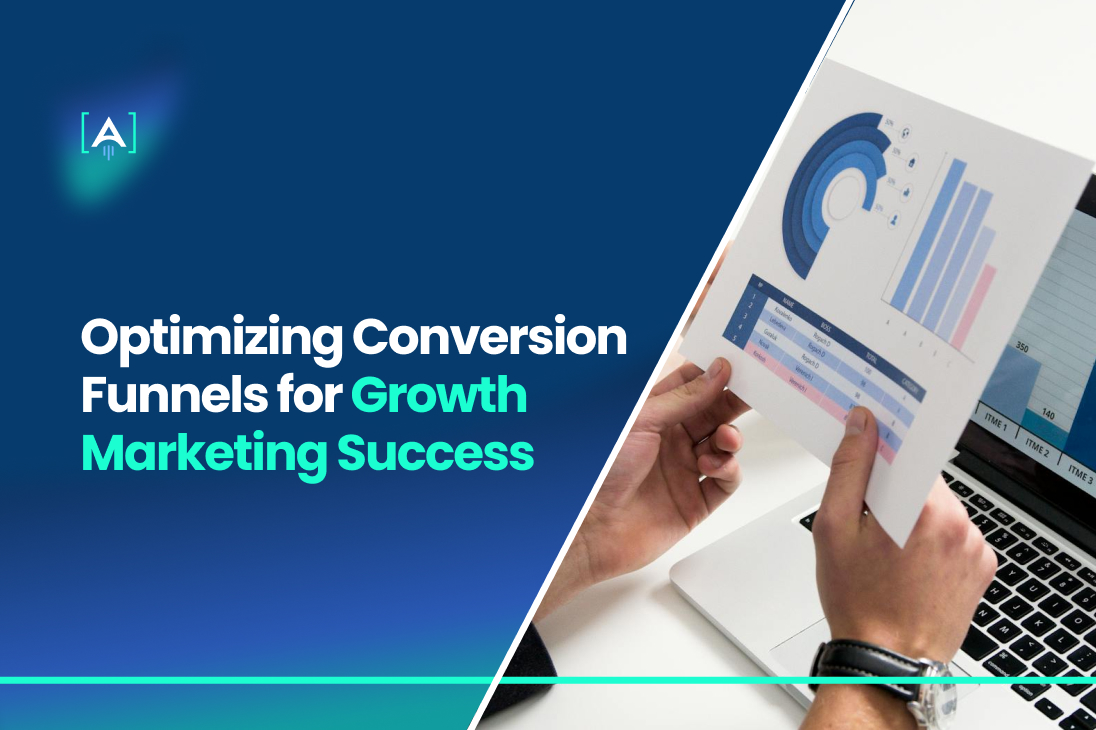Being successful in marketing is a rather contradictory series of actions.
Clarity, consistency, and good partnership are the core of the process.
Of course, considering a well-known growth marketing agency is helpful, but finding the correct one is even harder.
Source: HubSpot
This blog will clarify the importance of optimization for conversion funnels (a growth marketing funnel) and how it should be implemented.
Understanding Conversion Funnels
Understanding a conversion funnel is pivotal in crafting efficient growth marketing strategies. It delineates the path potential customers take from awareness to the final purchase decision, ultimately leading to customer satisfaction and loyalty.
Central to this understanding is a growth marketing funnel, a structured representation of the customer journey stages. It visualizes the gradual transition of website visitors into leads and eventually paying customers, guiding the sales and marketing team in more effective targeting efforts.
Definition of a Conversion Funnel
A conversion funnel is defined as a multi-stage process that maps out potential customers’ journey, from the initial interaction with your brand (often on a landing page) to the point of conversion.
Source: HubSpot
The growth marketing funnel provides a framework that helps marketers understand what attracts users, what encourages them to move through the funnel, and what might cause them to drop out.
Importance in Growth Marketing
A growth marketing funnel is not just a tool for measuring customer behavior but a strategic foundation for applying various growth tactics.
Effective conversion funnel optimization ensures that every stage of the funnel is aligned with overarching business goals, ensuring that each customer interaction is purposeful and potentially fruitful. This alignment is crucial for maximizing efficiency in attracting and retaining customers, ultimately boosting the conversion rates and fostering sustainable business growth.
Aligning Funnels with Business Goals
The alignment of conversion funnels with business goals involves defining clear objectives at each funnel stage. This might include setting specific targets for visitor numbers, conversion, or customer retention rates.
For example, tools for AI in marketing can be employed to analyze data from each funnel stage and suggest improvements or predict future behaviors, directly supporting the business’s strategic aims. Such precise alignment ensures that the efforts of the sales and marketing team are not in vain but are directly contributing to the startup growth objectives.
Understanding Customer Journey Stages
The customer journey within a conversion funnel typically starts with awareness, moves through interest and decision, and culminates in action.
Source: HubSpot
Each stage requires tailored strategies to effectively guide the potential customers toward purchasing.
- Awareness: This is where demand generation plays a critical role. Strategies at this stage are designed to attract potential customers to the growth marketing funnel.
Techniques like content marketing, SEO, and paid digital advertising increase visibility and draw users to the landing page.
- Interest: Once potential customers know the brand, the goal is to spark their interest. This is where detailed and engaging content about the product or service, often facilitated through AI-driven personalization, comes into play.
Retargeting campaigns can also be reintroduced here to re-engage visitors who have not yet moved further down the funnel.
- Decision: At this stage, potential customers are considering whether to purchase. Here, A/B testing can be invaluable in determining what messaging or offers are most effective.
Tools like the ICE scoring system can prioritize which changes are likely to have the most impact on conversion rates.
- Action: Finally, the customer makes a purchase decision in the action stage.
Strategies here focus on conversion rate optimization through streamlined checkout processes, compelling calls-to-action, and reassurances like money-back guarantees or free shipping offers.
To effectively move potential customers through these stages, marketers use various techniques:
- Retargeting: Ensures that your brand stays top-of-mind for visitors who have left the funnel without converting. This tactic aims to return them by showing correspondent ads based on their interaction with your site.
- AI Marketing: Utilizes machine learning algorithms to personalize experiences and predict future actions based on past behaviors, thus optimizing each stage of the funnel for higher conversion rates.
- AB Testing: This is crucial for testing different elements within the funnel to see which versions perform the best. Whether it’s different landing page designs, email marketing content, or call-to-action buttons, A/B testing helps refine the customer journey.
- Hook Model: This model builds products or features that “hook” users and encourage repeated engagements. Incorporating elements from the hook model can help transform initial interest into habitual use, enhancing a long-term retention strategy.
Analyzing Your Current Funnel
Analyzing your current sales funnel is a critical component of effective growth marketing. It enables businesses to refine their strategies and improve overall conversion rates.
Source: HubSpot
This analysis involves measuring key metrics, understanding customer behaviors at drop-off points, and leveraging advanced tools to gather valuable insights.
By meticulously examining each stage of the funnel, companies can optimize their marketing efforts to better align with their target audience’s needs and preferences.
Key Metrics to Measure
In growth marketing, the effectiveness of a conversion funnel is primarily gauged through several vital metrics, each suggesting insights into different aspects of the customer journey.
- Conversion Rates: This is the most clear indicator of funnel effectiveness, reflecting the percentage of visitors who finish a desired action, such as purchasing or signing up for a newsletter. A robust experimentation roadmap can help identify the best practices that drive higher conversion rates, thereby increasing the number of satisfied customers.
- Drop-off Points: Identifying where potential customers exit the funnel before completing the purchase process is crucial for diagnosing issues within the sales cycle. Analyzing drop-off points helps pinpoint specific stages where customers are losing interest or facing obstacles, such as complex navigation or unclear product information, which allows marketers to address these user pain points effectively.
Tools for Funnel Analysis
To analyze these metrics effectively, several analytical tools and technologies can be employed to provide a deeper understanding of how users interact with various components of the funnel.

Source: Statista
By setting up goals and conversion tracking, businesses can see which pages are performing well and which are not, offering actionable data that can be used to optimize the funnel.
- Heatmap Tools: Heatmaps visually represent where users click, scroll, and spend time on your site. This information is particularly valuable for understanding how visitors interact with specific pages crucial in the conversion funnel.
Tools like Hotjar or Crazy Egg can show whether key elements like calls-to-action effectively capture attention or if certain areas of the page are causing confusion and increasing drop-off rates.
Strategic Application of Analytics in Growth Marketing
The insights gained from these tools should be integrated into a broader growth marketing strategy tailored by experienced growth marketing agencies. These agencies bring data-driven marketing to the table, often utilizing AI to optimize return on investment (AI ROI) and effectively balance paid vs organic marketing efforts.
They also apply methodologies like ICE scoring to prioritize changes based on impact, confidence, and ease of implementation.
Partnering with a growth marketing agency can particularly contribute to businesses looking to enhance their conversion funnels.
The onboarding process with such agencies often involves a deep dive into existing data and strategic goals, followed by a systematic approach to funnel optimization that is in line with established marketer KPIs.
During the marketing agency onboarding process, businesses must prepare questions to ask the growth agency to ensure the agency’s approach aligns with their unique needs and objectives, such as how they plan to address specific drop-off points or enhance conversion rates at each funnel stage.
Enhancing Customer Growth and Satisfaction
Ultimately, analyzing and optimizing the conversion funnel is about reducing customer churn, driving customer growth, and ensuring that potential customers become satisfied customers.
This involves addressing technical issues or enhancing the visibility of marketing campaigns and deeply understanding and solving the user’s pain points.
A meticulously optimized conversion funnel effectively guides the target audience from initial awareness through various stages of engagement and interest, culminating in successful conversions.
Businesses can create a more effective and responsive marketing strategy by continuously monitoring and refining the funnel based on data-driven insights. This strategy addresses the immediate goals of increasing conversion rates and builds a foundation for long-term customer relationships and sustained business growth.
Through diligent analysis, strategic tool application, and partnership with adept marketing agencies, companies can transform their conversion funnels into powerful engines for business success.
Tracking Success and Scaling
Tracking success and efficiently scaling operations are fundamental to managing a growth-oriented business. This process revolves around two critical components: Key Performance Indicators (KPIs) and the strategic measurement of Return on Investment (ROI) and Customer Lifetime Value (CLTV).
By accurately tracking these metrics, businesses can gauge the effectiveness of their marketing tactics and refine their strategies to maximize efficiency and improve conversion rates across the marketing funnel.
Key Performance Indicators (KPIs)
KPIs serve as the compass for leading the digital marketing landscape, providing clear metrics to measure the success of marketing campaigns and business strategies.

These indicators should be carefully selected to align with business objectives and provide actionable insights that drive decision-making. Here are some essential KPIs for tracking success in digital marketing:
- Conversion Rates: This KPI measures the percentage of users who complete a desired action on landing pages or within the marketing funnel. It directly indicates the effectiveness of your conversion strategies and landing page designs.
- Traffic to Lead Ratio: Understanding the flow of traffic that converts into leads is crucial for assessing the quality of your digital presence and marketing efforts.
- Lead-to-Customer Ratio: This metric illuminates the efficiency of your conversion funnel in turning leads into paying customers, providing insights into how well your sales tactics and nurturing processes are working.
- Cost Per Acquisition (CPA): CPA helps evaluate the cost-effectiveness of your marketing campaigns by measuring the cost incurred to acquire a new customer. It is pivotal for budgeting and financial planning in marketing strategies.
- Social Media Engagement: For businesses utilizing social media platforms, engagement rates can indicate brand affinity and the effectiveness of social media content.
Tracking ROI
ROI is a decisive metric in digital marketing, illustrating the profitability of an investment relative to its cost. In the context of digital marketing, tracking ROI involves:
- Calculating Marketing Spend vs. Revenue Generated: Businesses can assess the financial success of their campaigns by comparing the amount spent on marketing tactics to the revenue these efforts generate.
- Analyzing Campaign-Specific Returns: Each marketing campaign can be evaluated based on the revenue it generates, helping to identify which strategies yield the best financial outcomes.
- Adjustment Based on Performance: ROI data should lead to strategic adjustments, where funds are allocated more heavily to high-performing campaigns and withdrawn from underperforming initiatives.
Customer Lifetime Value (CLTV)
CLTV forecasts the total value a business can expect from a unique customer account throughout the business relationship.

It provides long-term context to acquisition costs and customer retention efforts:
- The formula for CLTV: The basic calculation of CLTV introduces multiplying the average purchase value by the number of transactions a customer makes annually and the duration of the business relationship in years.
- Improving CLTV: Strategies to enhance CLTV include improving product offerings, enhancing customer service, and deploying targeted upselling and cross-selling tactics.
- Integration with Marketing Strategy: CLTV should influence the amount of money spent acquiring new customers and retaining existing ones, with a focus on targeting high-value customer segments to maximize profitability.
Implementing Strategic Changes Based on KPIs
With solid data from KPIs, ROI, and CLTV measurements, businesses can implement strategic changes to enhance their marketing efforts:
- Optimizing Landing Pages: Data-driven adjustments can be made to layout, content, and calls-to-action on landing pages to improve conversion rates.
- Addressing User Pain Points: Insights from customer feedback and behavior analysis should guide modifications in product features, customer service, and user interface designs.
- Enhancing Marketing Funnels: Each marketing funnel stage can be optimized based on performance metrics to ensure smoother transitions for customers from awareness to purchase.
- Prioritizing High-ROI Tactics: Financial insights allow businesses to prioritize marketing tactics that provide the best returns, ensuring efficient use of resources.
Partner with [A] Growth Agency
A growth marketing funnel can transform your digital marketing strategies into highly efficient, conversion-oriented campaigns. Partnering with [A] Growth Agency for optimization will benefit your business.
By analyzing your existing funnels, our agency can identify key areas for improvement – optimizing landing pages to boost conversion rates or restructuring the funnel stages to streamline the customer journey.
We believe in continuous improvement, constantly testing and tweaking the funnels to adapt to changing market conditions and consumer behaviors.
Ultimately, partnering with [A] Growth Agency aims to achieve a strong return on investment.
If this attracts you, then go ahead!

